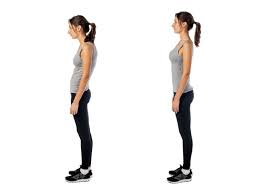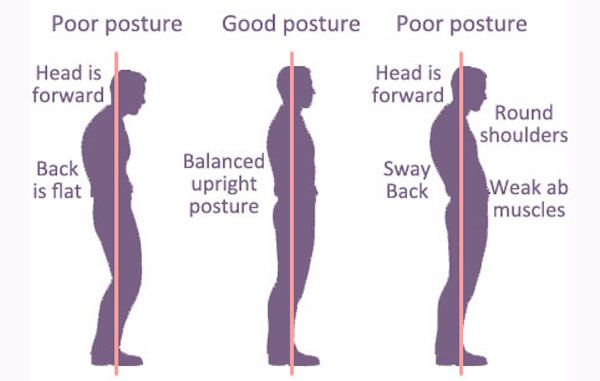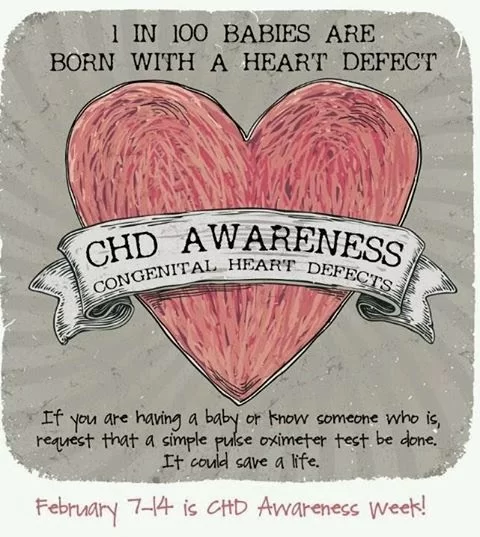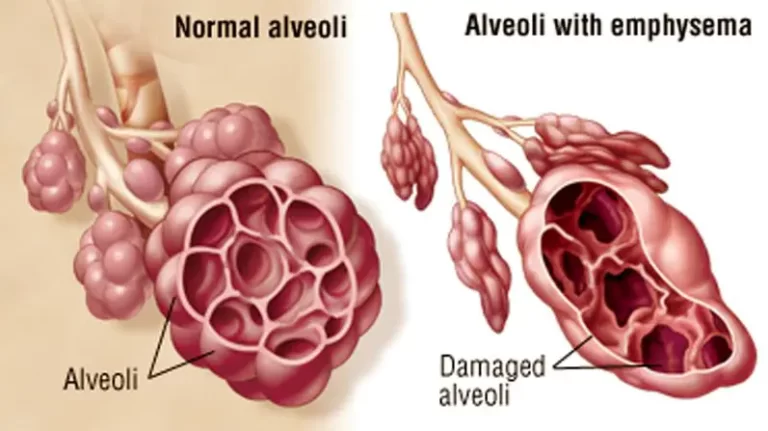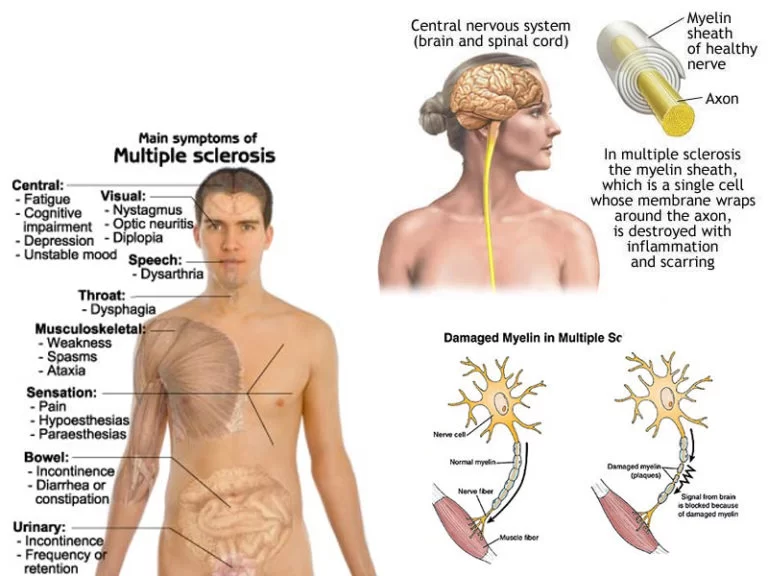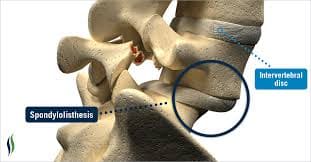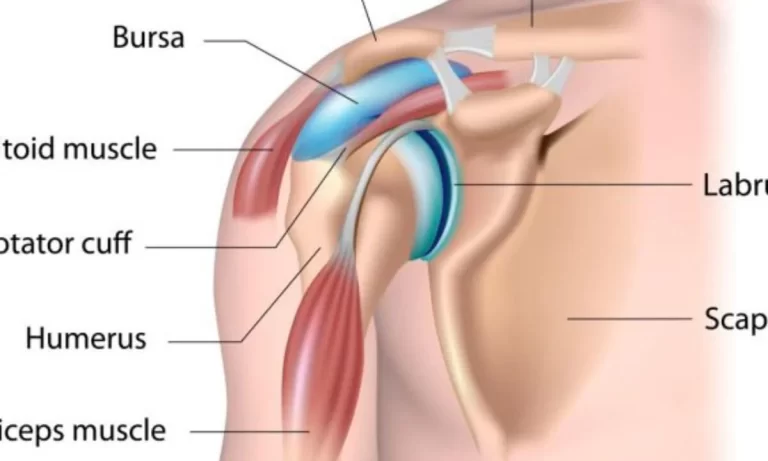Sway Back Posture
Introduction: The sway back posture — casually known as the ‘lazy posture’, is identified by shoulders and chest leaning backwards, with hips turned in and pelvis and chin thrust forward. Why Sway Back Happen? This posture is usually due to a lack of support for the hips and pelvis, hinging at the back, thereby applying…

